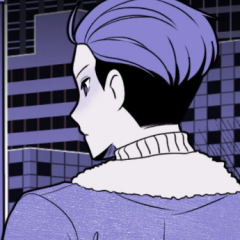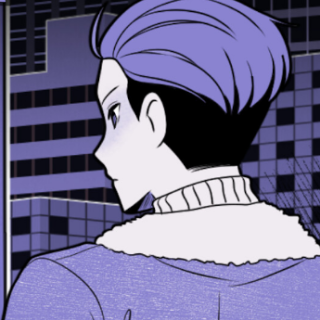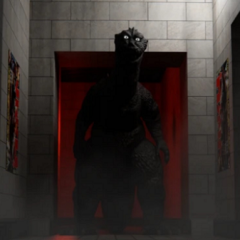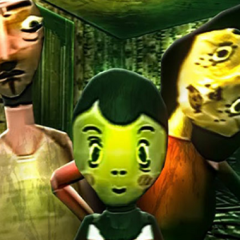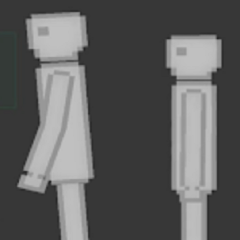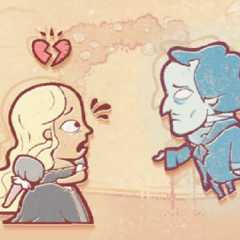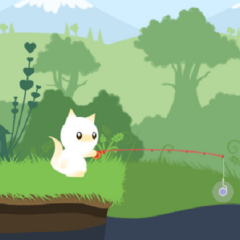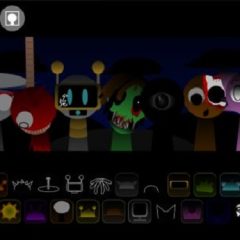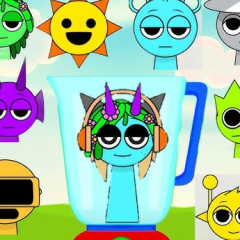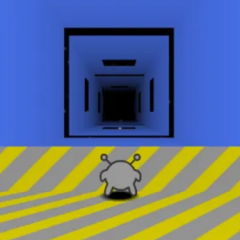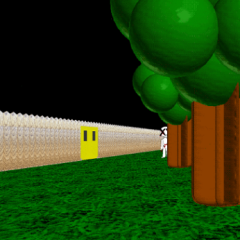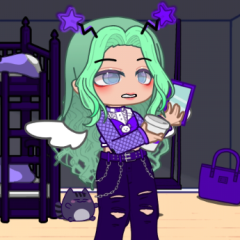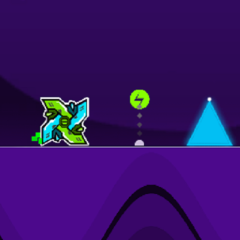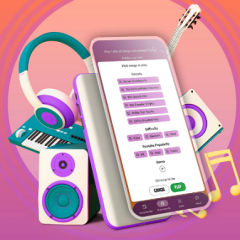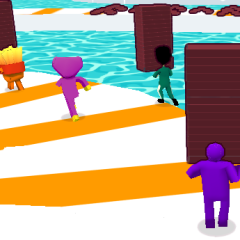Anomalous Coffee Machine 2 unfolds entirely within a single environment — a quiet room containing an automatic coffee dispenser and a silent girl seated nearby. The player’s only means of interaction is through language. By typing any word or phrase, the player activates the machine, which then produces a cup of coffee based on that input. The concept removes traditional gameplay mechanics, focusing instead on direct experimentation. The player observes how the machine reacts and decides who will drink the result. Through this simple loop, meaning and consequence emerge gradually, shaped entirely by the player’s curiosity.
Gameplay Cycle and Interaction Logic
The design of Anomalous Coffee Machine 2 centers on repetition. Each session follows a structured rhythm: input, reaction, choice, and observation. The machine functions like an open-ended system, interpreting any entry without providing clear rules. The player can direct the drink to themselves or to the girl, and each decision affects subsequent outcomes.
Key elements of interaction include:
· Unlimited text input, accepting both single words and complex expressions.
· Binary choice of recipient for each drink.
· Variable results that change depending on past actions.
This simplicity gives the player freedom to test patterns and develop hypotheses about the machine’s behavior without ever receiving explicit instructions.
Discovery Through Repetition
Progress in the game depends on experimentation rather than completion. Every typed word becomes part of a growing record of cause and effect. Some results repeat, others shift based on context or timing. The machine’s responses appear unpredictable, but careful players may begin to notice connections between themes, word categories, and outcomes. The loop becomes less about discovery of content and more about the process of testing, learning, and understanding how input defines experience. Over time, repetition creates meaning where none is directly stated.
Presentation and Technical Framework
Anomalous Coffee Machine 2 uses a minimalist presentation in line with visual-novel conventions. The interface is limited to static backgrounds, character sprites, and the input field at the center of attention. The screen layout is designed to emphasize the text itself — the act of typing and reacting. Sound design mirrors this focus: mechanical hums, short tones, and quiet pauses mark each phase of interaction. The restrained approach keeps every detail functional, transforming the scene into a controlled experimental space rather than a traditional narrative setting.

